Category: Archaeonerdism

October 17, 2023
International Archaeology Day
What is it? International Archaeology Day is a celebration of Archaeology and it’s contributions to society! International Archaeology Day annually falls on the third Saturday of October (October 21st), and was first celebrated in 2011. The day was originally designed on a national level to help promote public participation and awareness of the important contributions
Keep Reading
July 2, 2023
Top sites of 2022, BC edition
Field operations in British columbia 2022 marked Ember Archaeology’s first year of significant field operations in British Columbia. Our BC crews conducted a number of sizable wildfire-related projects for the BC Ministry of Forests over the course of the season, ultimately surveying hundreds of kilometers of constructed fireguards and fuel reduction developments. These were nearly
Keep Reading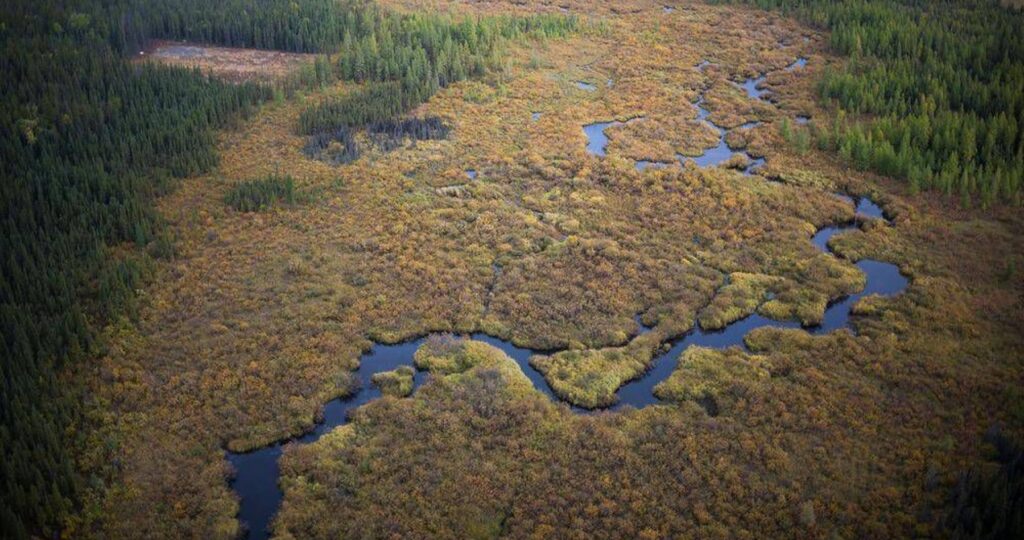
June 1, 2023
The Quarry of the Ancestors
Alberta Oil sands The Alberta oil sands has seen it’s fair share of media attention over the last few decades! Unfortunately, most of it has not been positive… In this blog, we are going to discuss an amazing archaeological discovery from the Alberta oil sands, and how these findings have shaped our knowledge about prehistory
Keep Reading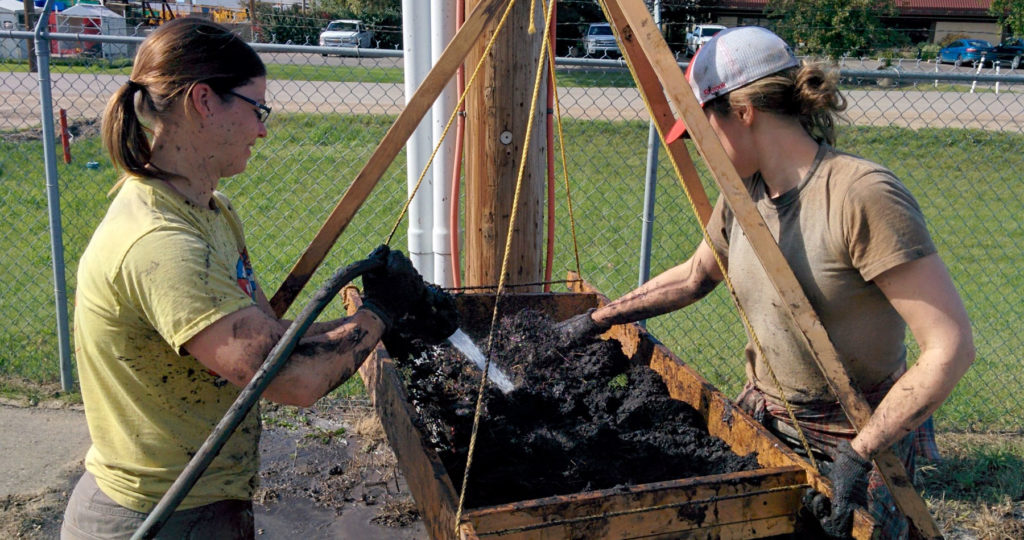
January 7, 2022
Help! My Child wants to be an ARCHAEOLOGIST!
We get many questions from parents with children interested in archaeology. Is archaeology really a job? What classes does my child need to take to be an archaeologist? Can it be a career? Like any professional field, if your not an archaeologist, you likely aren’t aware of the specifics. Ember Archaeology is here to help!
Keep Reading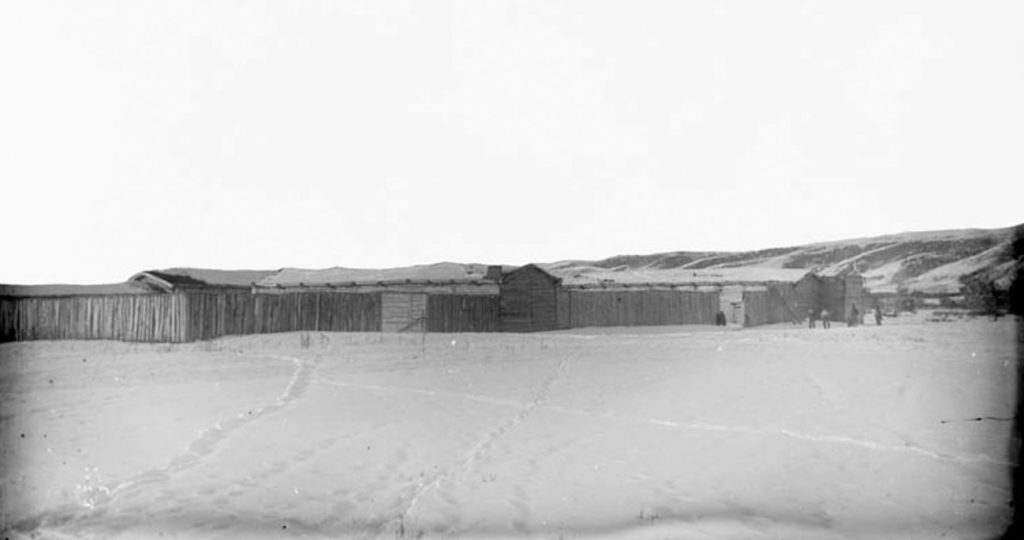
November 26, 2020
“If you move another step towards me, I’ll blow you to hell!” The story of Fort Whoop-Up and Whisky Trading Forts of Southern Alberta
In the 1860s, Southern Alberta was home to several American whisky trading posts that sold liquor and guns to the local Indigenous groups in exchange for bison robes. These transactions occurred despite the United States Law of 1832 that banned liquor sales to the Indigenous groups. One such fort was Fort Hamilton (Later renamed to
Keep Reading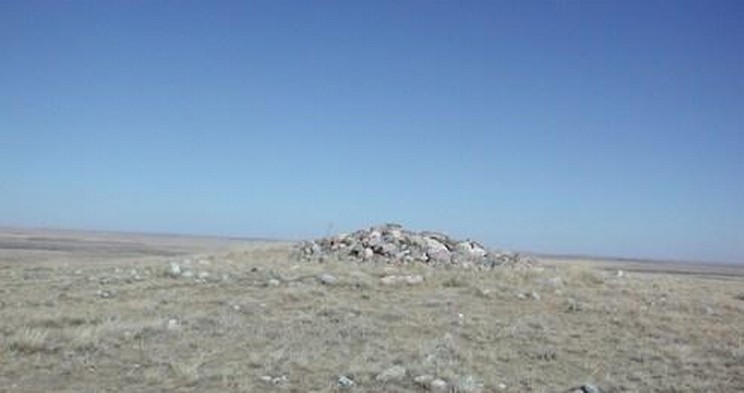
November 20, 2020
The 9 types of Medicine Wheels in Alberta
Most people are familiar with Medicine Wheels, either from popular culture or books such as “Canada’s Stonehenge” by Gordon Freeman. Many people might not know that while they are found all over the Northern Plains in Montana, Wyoming, and Saskatchewan, they are most numerous in southern Alberta. There are currently 57 documented medicine wheels in
Keep Reading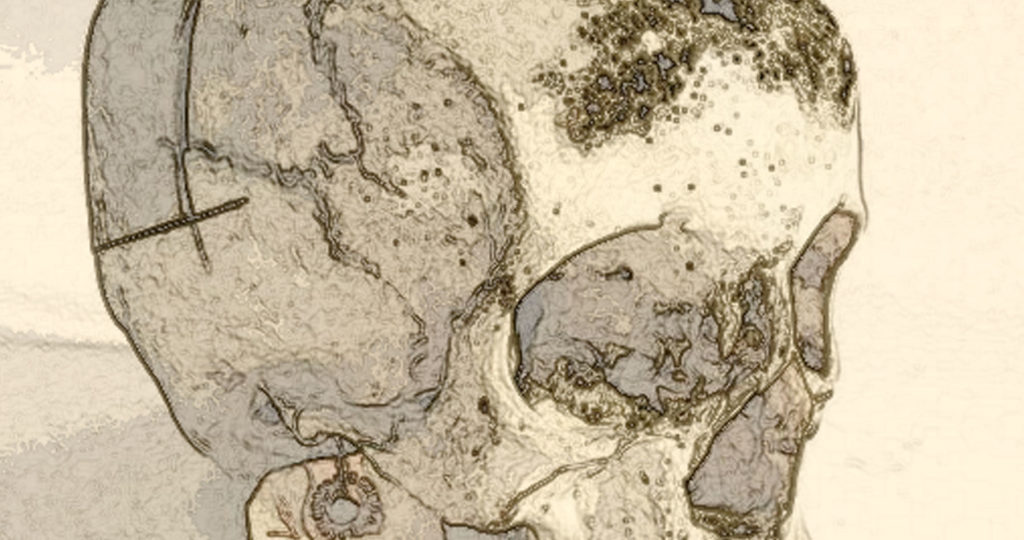
April 8, 2020
Infectious Diseases in the Archaeological Record
COVID-19 has now been designated a global pandemic and continues to spread throughout the world. Not getting infected with this potentially lethal virus is at the forefront of many peoples minds, and the very real possibility of extended quarantine has led to shortages of items such as toilet paper, disinfectant and non-perishable food. While this
Keep Reading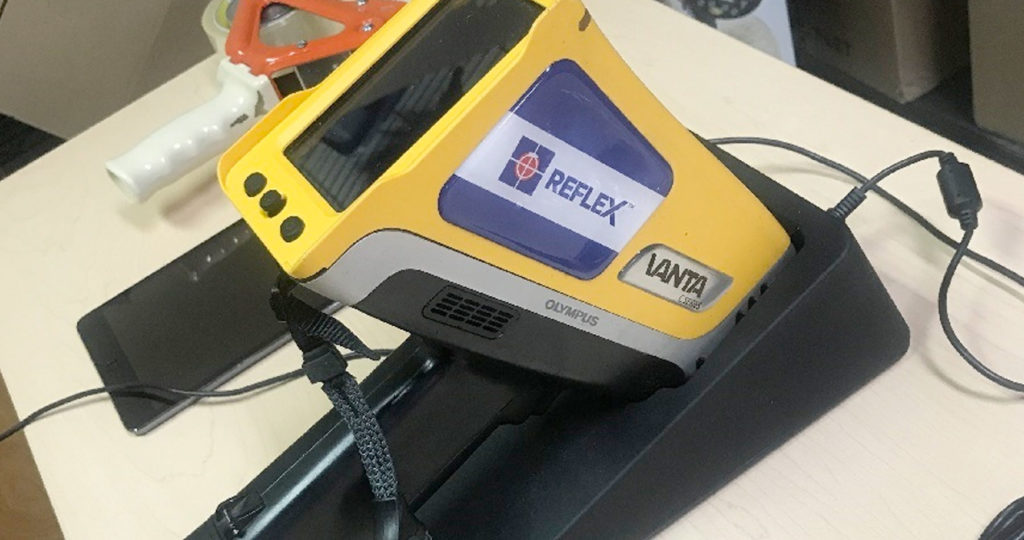
March 19, 2020
Sourcing with pXRF (portable X-Ray Fluorescence)
“Sourcing” is the study of associating artifacts with their geologic origin in order to infer human transport of materials. This field of research has revealed networks of trade and exchange among indigenous peoples in pre-contact times. But how do researchers figure out the actual source? One method is with Portable X-Ray Fluorescence (pXRF) analysis. These
Keep Reading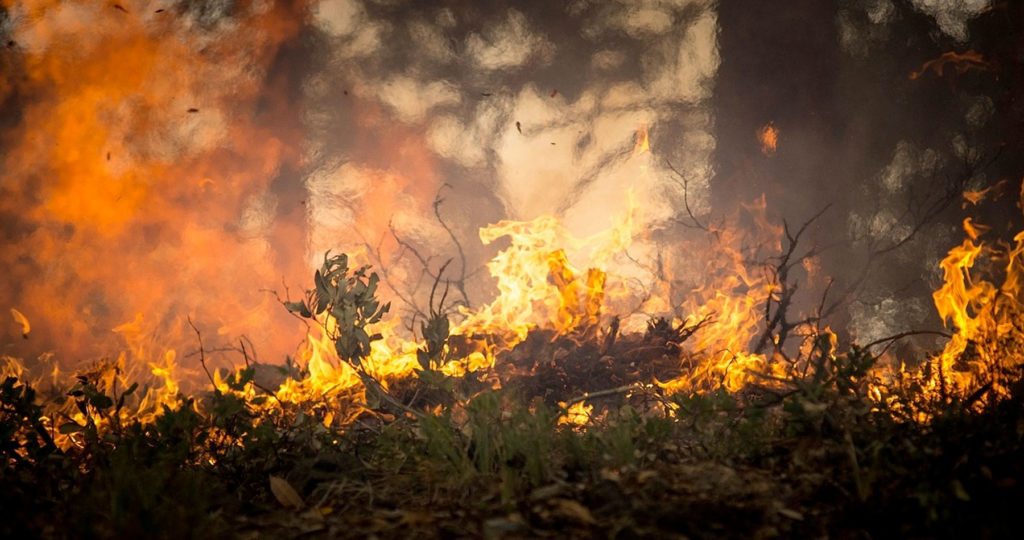
April 17, 2019
Wildfire and Archaeology: The good, the bad, and the opportunity
In recent years, wildfires in Canada and the United States have brought devastation to many communities. In the last 10 years, wildfires have burned nearly two million hectares of land in Canada alone. Human intervention, aimed at stemming the destruction wrought by wildfires during the last century, has actually increased the threat of large fires
Keep Reading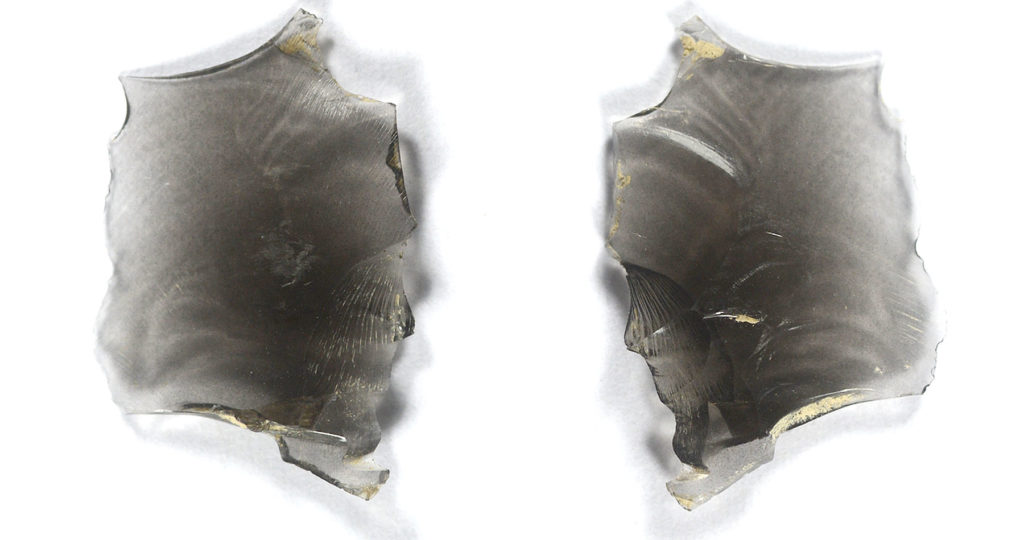
April 4, 2019
Where does the Obsidian we find come from?
Obsidian is a volcanic glass that was used by pre-European contact people all over North America. Known for its natural sharpness, ancient peoples sought the material for making tools for cutting and slicing. Additionally, it is easier to flintknap than the harder and more readily available materials local to Alberta. As many of our readers
Keep Reading